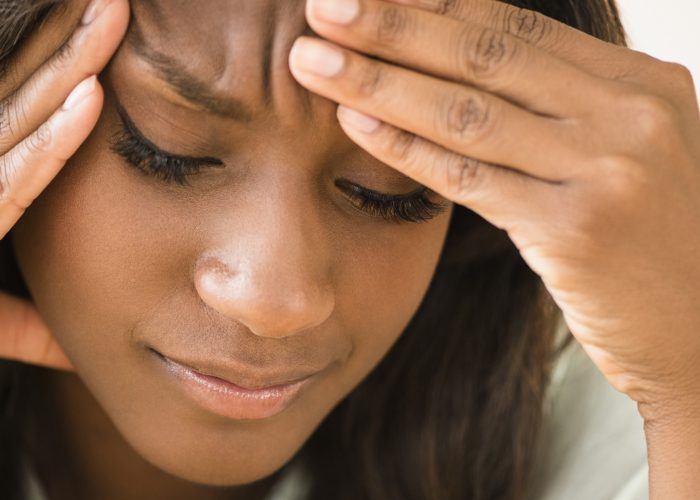



Cluster headaches are described as idiopathic, meaning that we do not really know what causes them
CLUSTER headaches are characterized by headache attacks causing pain on one side of the head, lasting for 15–180 minutes and occurring up to eight times a day.
Unlike a migraine headache where individuals seek quiet, dark spaces where they can be still, a key feature of a cluster headache is that the severe pain causes restlessness and agitation. The severity of the disorder has major effects on the patient’s quality of life. In some cases, the pain can be so severe that the individual may entertain thoughts of suicide.
Secondary symptoms of a cluster headache frequently include sympathetic paresis (such as pupil constriction or a droopy eyelid) and parasympathetic activation:
Episodic: During episodic cluster headaches, individuals experience at least two cluster headache periods lasting seven days to up to one year, separated by a pain-free period. Chronic: During chronic cluster headaches, attacks occur for more than one year without remission or with remissions lasting less than one month. The prevalence of cluster headaches in the adult population is approximately 0.1% with men being more likely to be affected. The typical age of onset is 20-40 years of age.
The causes
Cluster headaches are described as idiopathic, meaning that we do not really know what causes them. What is known is that there is a sudden stimulation of the parasympathetic nervous system causing an increase in output from the superior salivary nucleus of cranial nerve VII.
There is often a circadian pattern to cluster headaches in that they tend to occur more frequently at night and during the spring and fall. This seasonal pattern may be linked to allergies since there is some evidence that histamine can trigger a cluster headache. Alcohol and nitroglycerine can also provoke a cluster headache. Lastly, in 5-20% of cases, a family history of these headaches has been reported.
Diagnosis and Treatment
In order to ensure that the headaches are not being caused by tumors, lesions, or abnormalities of the brain or pituitary gland, diagnosis of a cluster headache should include neuroimaging with a cranial CT scan or a cranial MRI. One of the most effective treatments for a cluster headache is preventative patient education to learn triggers to avoid. There is some evidence that supplemental oxygen may help treat cluster headaches. Triptans, such as sumatriptan or zolmitriptan, are the most effective drugs to treat an acute cluster headache. More invasive treatments, including nerve stimulation and surgery, may be helpful in treatment-resistant cases. medicalnewsbulletin.com
Sorry. No data so far.

